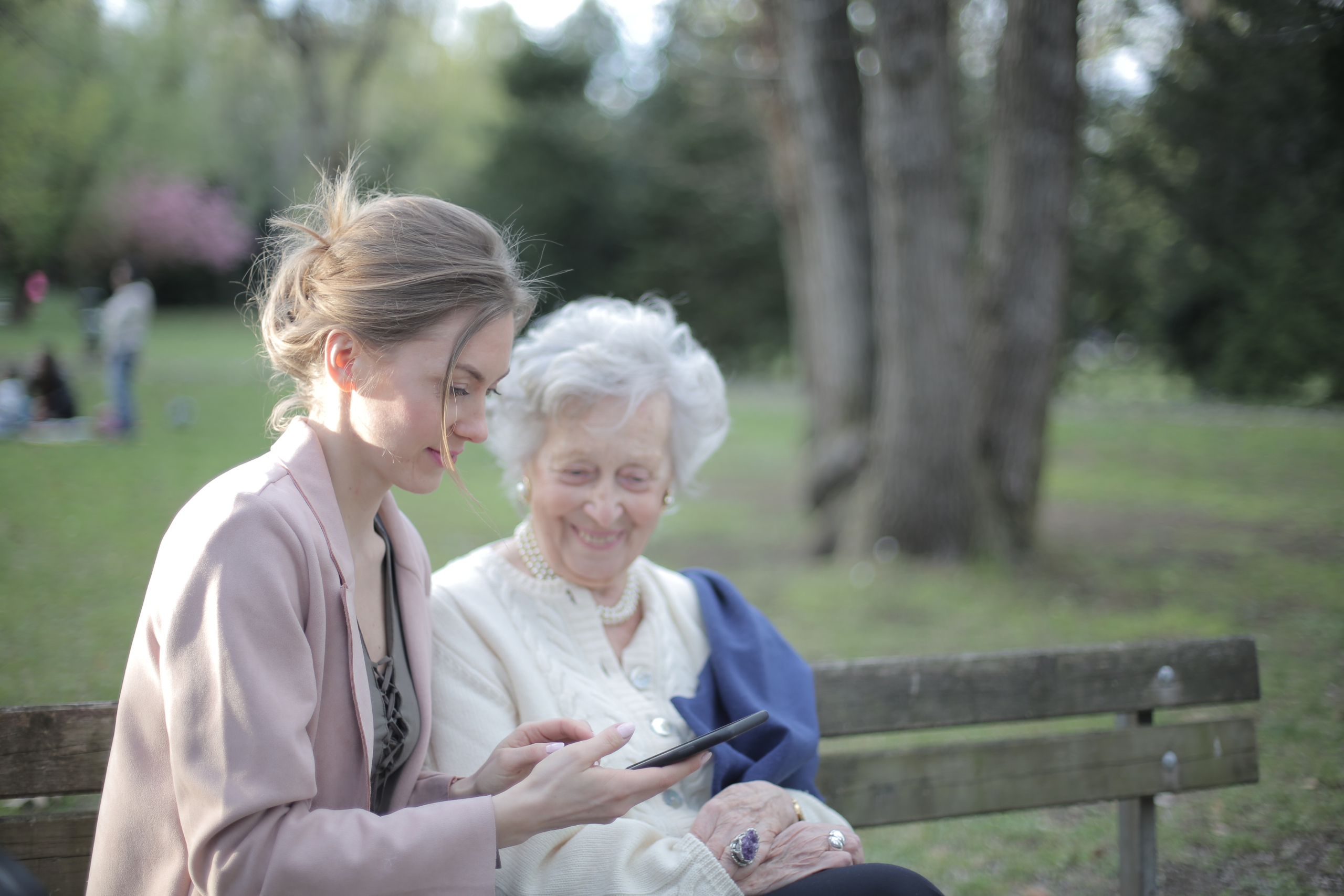In our years of experience, we’ve realized that one of the most crucial aspects of advocating for your loved ones in a nursing home is understanding the nursing process. It involves comprehending what the nursing staff is doing, how they’re thinking, and how they’re taking care of your family member. This process can be demystified with a simple acronym: APIE, which stands for Assessment, Plan, Implementation, and Evaluation.
In this blog post, we’ll break down the APIE process and explain how it plays a significant role in ensuring the safety and well-being of nursing home residents.

Understanding the APIE Process
APIE is not just an acronym; it’s a framework for delivering quality care to nursing home residents. Let’s delve into each component:
1. Assessment: Identifying Risks
The assessment phase is like understanding where you are before determining where you need to go. In nursing homes, residents often have limitations, and the staff’s role is to identify these limitations and assess the associated risks associated with those limitations. This includes identifying what the resident can no longer do independently, which, if left unattended, could lead to harm or even death.
For example, if a resident had a stroke and can no longer perform tasks like getting out of bed, bathing, or feeding themselves, these are identified as areas of risk. Assessments are typically conducted using tools like the Minimum Data Set (MDS), which cover various aspects of the resident’s health and functionality.
As an advocate, your role is to provide vital information during this assessment process, ensuring that all risks are identified. You have the right to be involved in this phase as you are the leading expert on your loved one’s needs. If you know there are areas where your loved one has limitations or vulnerabilities you should raise them with the staff performing the assessment so that the care plan addresses the concern.
2. Plan: Creating a Care Plan
After identifying the risks and limitations, the next step is to create a care plan. This plan should be comprehensive, person-centered, and include measurable objectives with specific timeframes. It outlines what needs to be done to minimize or prevent the identified risks and how the staff will approach them.
Think of it as setting a clear goal: “I will lose 10 pounds in the next 60 days.” That is an objective goal while “I’d like to lose some weight” is more like a wish! We want our care plans to be specific and measurable to the extent possible. The plan must also include scientifically sound interventions, akin to the strategies you’d implement to achieve your weight loss goal, like calorie deficits, exercise, and proper hydration. “Eat better” is a poor plan for weight loss. Calculating your daily calorie needs, subtracting 500 calories a day and walking 10,000 steps is a solid plan to achieve the goal. Likewise, “take care of the resident as needed to prevent pressure injuries” is not a solid plan. A solid plan is “Mrs. Smith will develop no pressure injuries in the next 60 days. This will be accomplished through:
Turning and repositioning Ms. Smith every two hours while in bed and every 30 minutes while in a chair.
Placing a low air loss mattress on her bed and a pressure reduction cushion on her wheelchair.
Using powder and draw sheets to prevent shear and friction injuries during transfers.
Implementing one side rail to assist her with bed mobility.
Placing her on a toileting plan so that she is brought to the bathroom every two hours to prevent incontinence and moisture-associated skin damage.
As an advocate, your role involves reviewing the care plan to ensure it covers all identified risks, has specific timeframes for achieving goals, and outlines clear interventions. You play a crucial role in shaping this plan to best meet your loved one’s needs.

3. Implementation: Taking Action
The implementation phase is where the rubber meets the road. It’s akin to the old Nike slogan, “Just DO It.” This is when the care plan is put into action, and staff members carry out the planned interventions to prevent harm to the resident. As anyone who has ever been on a diet and exercise plan knows, a great plan is meaningless if it isn’t carried out daily with consistency.
Unfortunately, understaffing can be a significant issue in nursing homes, and this is often where problems arise. Staff may not have the capacity to perform all the necessary tasks, leading to risks not being adequately mitigated.
As an advocate, you must monitor the implementation of the care plan. This involves observing whether the planned interventions are consistently and effectively carried out. Reviewing Treatment Administration Records (TAR) can help verify that the documented care aligns with the plan.
4. Evaluation: Continuous Improvement
The evaluation phase is about reflecting on whether the plan is working effectively. It’s a continuous and evolving process. If something doesn’t seem to be working as intended, it’s time to reevaluate and make necessary adjustments.
Just as in a football game, if the initial game plan isn’t yielding results, adjustments are needed. Likewise, if the care plan isn’t preventing harm, it must be reevaluated and revised. Flexibility and creativity are essential during this phase.
As an advocate, you should raise concerns and participate actively in the evaluation process. Your input and insights are invaluable in ensuring the resident’s health and well-being are continually optimized.
The APIE process is not a one-time event but an ongoing cycle of care that requires vigilance and advocacy. By understanding and actively participating in each phase—Assessment, Plan, Implementation, and Evaluation—you can help ensure that your loved one receives the highest quality of care in a nursing home.
As an empowered advocate, you play a critical role in safeguarding your family member’s health and safety, and your commitment can make a significant difference in preventing issues and ensuring their well-being. Don’t hesitate to assert your rights and actively engage in the care process to provide the best possible quality of life for your loved one in a nursing home. If you or a loved one is facing nursing home abuse or neglect, don’t hesitate to call Williams DeLoatche, P.C. for a free consultation at 757-547-5555. Together, we can work to stop abuse and neglect from happening to someone else.


